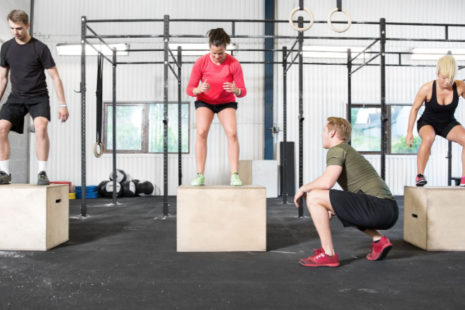When dealing with a torn rotator cuff, the decision between rest and exercise is not straightforward and depends on several factors, including the severity of the tear, symptoms, and the stage of recovery. Both rest and exercise play crucial roles in the healing process, but they must be appropriately timed and tailored to the individual’s specific condition.
Here’s how to navigate the balance between rest and exercise for a torn rotator cuff
Initial Phase – Rest and Immobilization
- Immediate Action – In the acute phase following a rotator cuff tear, rest is paramount. Avoiding movements that exacerbate pain or further strain the shoulder is crucial for preventing additional damage.
- Immobilization – Depending on the tear’s severity, a sling may be recommended to keep the shoulder from moving too much and to aid in the initial healing process.
Early Recovery – Gentle Movement and Physical Therapy
- Introduction of Movement – After the initial rest period, gentle movements may be introduced to prevent stiffness and maintain some range of motion in the shoulder. This must be done under the guidance of a healthcare professional.
- Physical Therapy – A physical therapist can develop a personalized program that begins with passive exercises, where the therapist assists with moving the arm to maintain joint mobility without engaging the torn muscles initially.
Progressive Rehabilitation – Strengthening Exercises
- Gradual Exercise Introduction – As healing progresses, exercises aimed at strengthening the shoulder and improving flexibility are gradually introduced. It’s critical to strengthen the muscles around the rotator cuff to support the shoulder and facilitate recovery.
- Pain Management – Exercise intensity should be carefully managed to avoid aggravating the injury. Any exercise that causes sharp pain or significant discomfort should be stopped immediately.
Long-Term Management and Prevention
- Ongoing Strengthening – Even after the initial recovery, maintaining a routine of shoulder exercises can help prevent future injuries and support shoulder health.
- Activity Modification – Learning proper techniques to avoid stressing the shoulder during daily activities or sports is also vital for preventing re-injury.
Key Considerations
- Severity of the Tear – The approach to rest and exercise is significantly influenced by the tear’s severity. Complete tears may require surgical intervention, followed by a structured rehabilitation program.
- Listen to Your Body – Pain and discomfort are indicators. While some discomfort is expected during rehabilitation, sharp pain is a sign to stop and reassess.
- Professional Guidance – Consulting with healthcare professionals, including orthopedic specialists and physical therapists, is crucial to ensure that any rest or exercise plan is appropriate for your injury’s severity and stage of healing.
The management of a torn rotator cuff requires a careful balance between rest and exercise, tailored to the injury’s specifics and the individual’s recovery progress. Initial rest and immobilization are critical, followed by a gradual reintroduction of movement and strength-building exercises under professional guidance. By adhering to a structured plan that respects the body’s limits and focuses on gradual improvement, individuals with a torn rotator cuff can work towards recovery and preventing future injuries.




